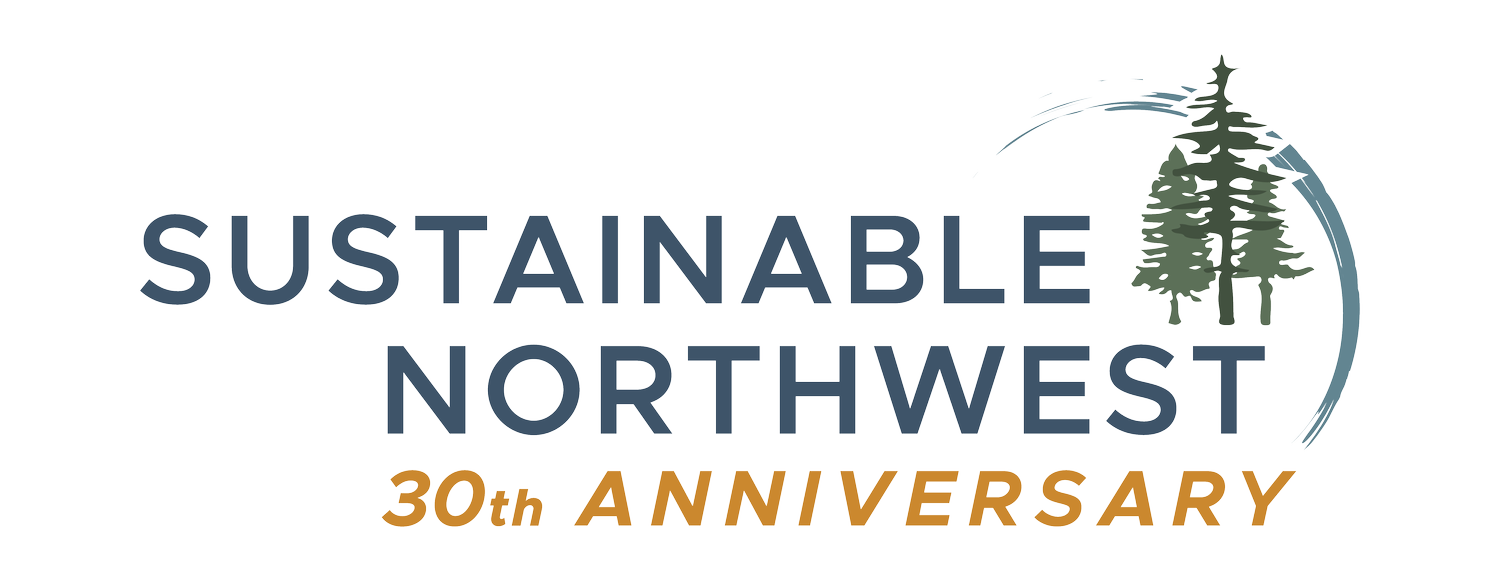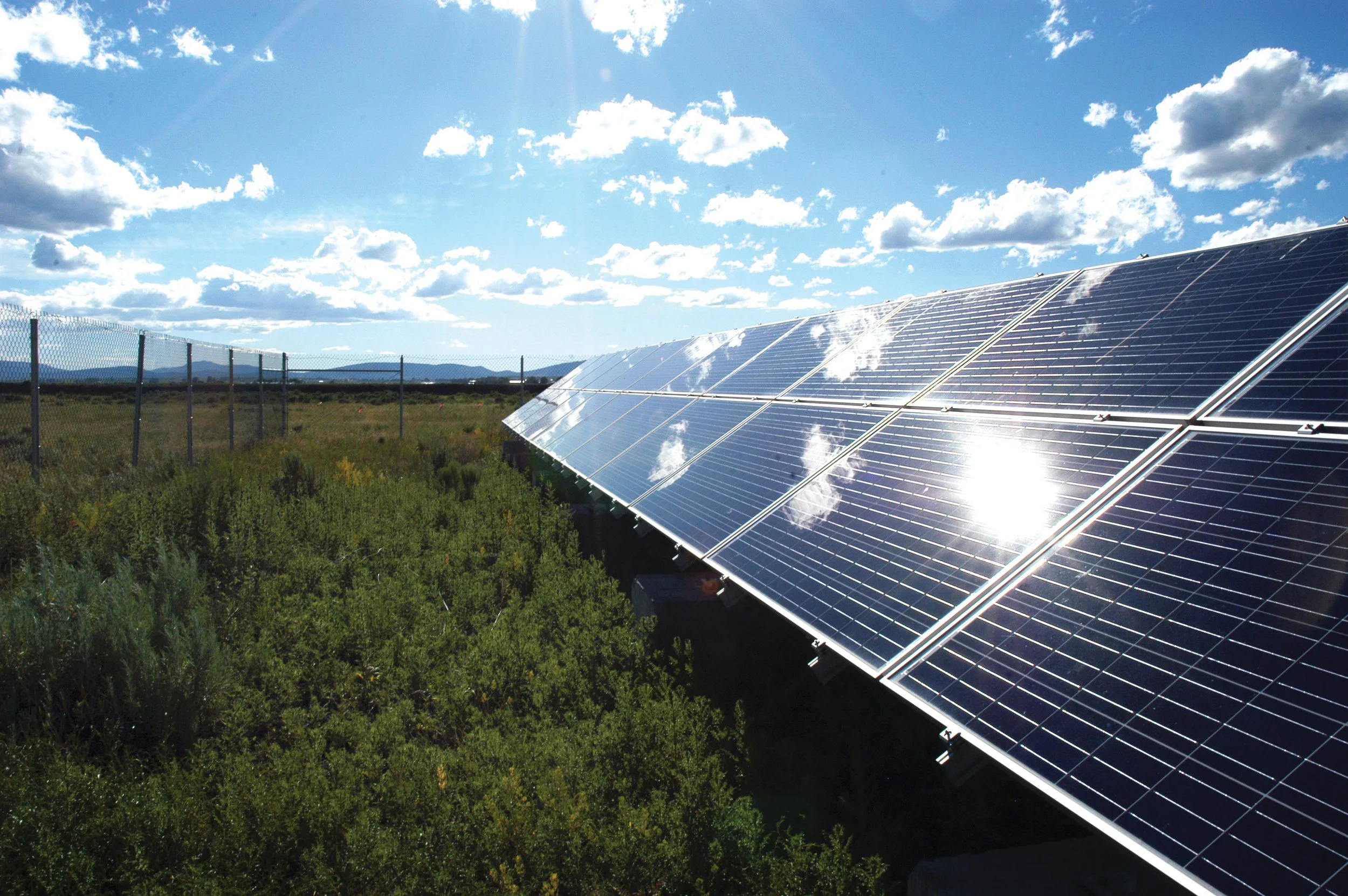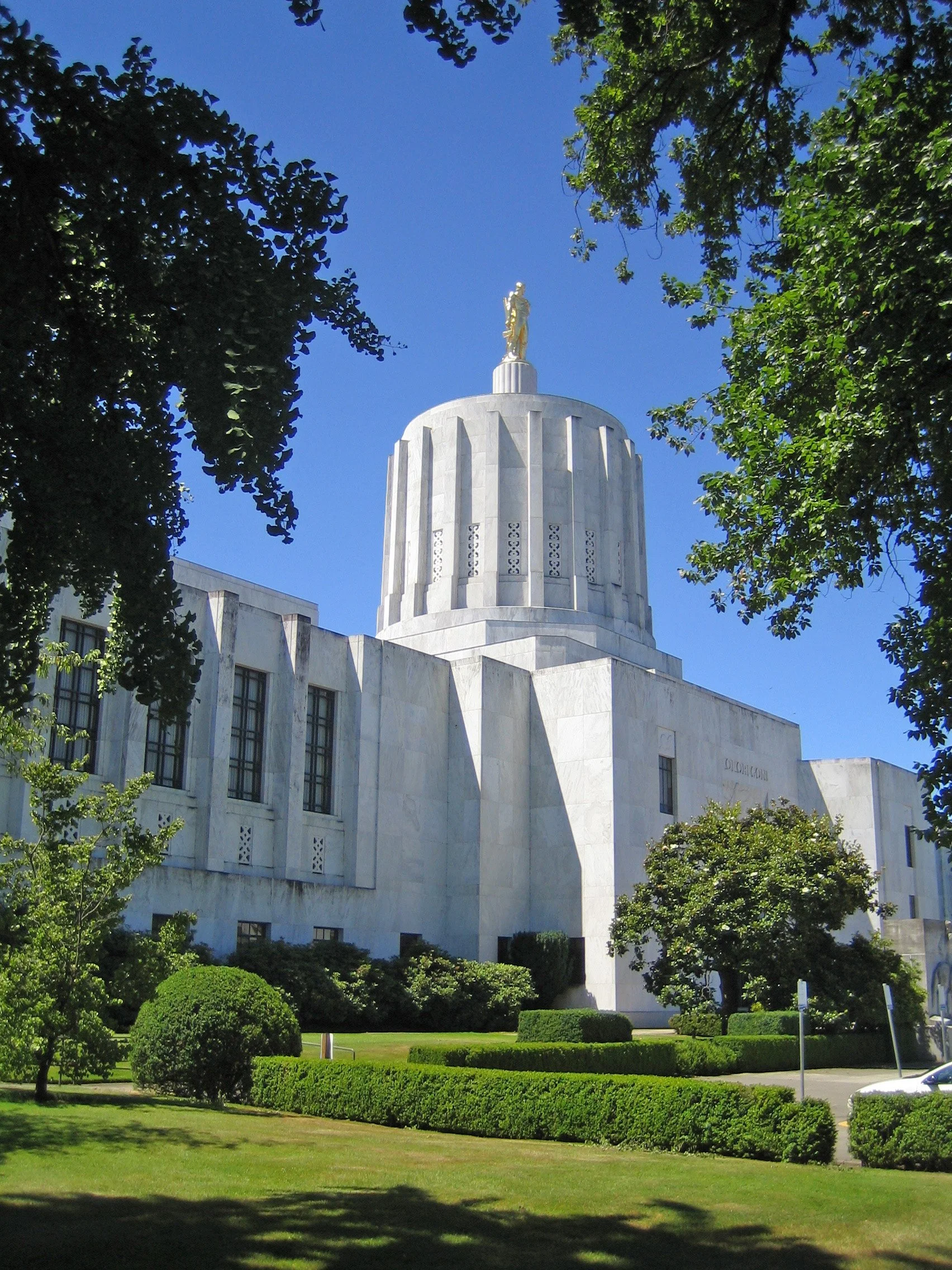Why Oregon Needs Microgrids and How We Can Increase Adoption
Energy resilience has become a top priority for communities as the increasing pace and scale of natural disasters hamper communities' ability to respond and recover. Microgrids can increase community resilience when grid disruptions and disasters occur. Additionally, they can provide energy efficiency, grid reliability, and financial benefits as well.
What is a microgrid?
Microgrids are local, self-contained energy systems designed to operate independently of the larger power grid (known as islanding), or in coordination with it. This allows them to continue delivering power even during a grid disruption. Microgrids can also feed the grid, filling capacity shortages during peak demand times, which benefits not only the local community but also the region.
Microgrid systems may include solar panels, wind turbines, batteries, fuel cells, combined heat and power systems (CHP), or other power sources. Because these systems are often paired with a battery, they can store electricity and deploy it during outages, which helps communities maintain power when the grid goes down due to natural disasters or other interruptions.
Sustainable Northwest believes wide-scale microgrid development is an important strategy for increasing energy resilience in rural and tribal communities. Microgrids will provide greater energy independence, resilience, and flexibility for communities.
Barriers to building microgrids
Currently, Oregon communities face significant barriers to microgrid development including a lack of: 1) regulatory clarity about who can own, develop, and manage microgrid projects; 2) long-term funding mechanisms to finance microgrids outside of one-off grants; and 3) internal funding, capacity, and expertise to plan and develop microgrids in their communities.
Solutions to scale microgrid adoption across Oregon
Beginning in 2022, Sustainable Northwest’s Making Energy Work Policy Committee began exploring what policies are needed in Oregon to make microgrids more accessible and affordable.
To make them more affordable, we believe Oregon should enable a diversity of ownership types and financial structures, including through market-based mechanisms that allow microgrids to proliferate across the state and ensure all customers and communities have access to these systems. There should be greater regulatory clarity to allow communities to plan and own microgrid projects that truly meet their unique needs. A diversity of ownership models will have the additional benefit of bringing in private capital to spur development. Creating an enduring finance mechanism would allow for microgrid development at the scale rural communities need, moving away from the one-off, grant-funded model we have today.
In 2023, the policy committee, with support from a wide range of stakeholders, helped develop a community energy resilience bill, known as HB 3378.
The initial bill had the following provisions:
(a) Develop a microgrid services tariff, which would create a clear way to develop and finance microgrids in Oregon. A tariff would help directly fund microgrid development, encourage and allow communities to leverage private funding, and increase development of microgrid services that benefit all ratepayers.
(b) Provide grant funding to every Oregon county to create energy resilience plans, which may include microgrids among other energy projects the county deems necessary; and
(c) Direct the Oregon Public Utility Commission and the Oregon Department of Energy to study the benefits and constraints, and develop microgrid pilot projects that demonstrate various use cases, technologies, and value streams for communities.
Oregon State Capitol in Salem, Credit: Granger Meador
Unfortunately, setbacks including concerns expressed by utility stakeholders contributed to the decision to remove the microgrid tariff from HB 3378. However, microgrid advocates secured a win with the $2 million for county energy resilience planning grants, thanks to leadership from Representative Pam Marsh and bipartisan support from the House Energy and Environment Committee. This bill was folded into a larger energy resilience omnibus package, HB 3630, which was passed in the legislature last session.
This legislation will provide all Oregon counties with $50,000 to develop energy resilience plans. These plans must identify potential locations for community resilience centers, or places where the community can access electricity services during a power outage. This funding has the potential to be used for the initial stage of developing community microgrids - site identification. This non-competitive grant program, administered by the Oregon Department of Energy, will open in Spring 2024 (more information can be found here).
Sustainable Northwest and our coalition of partners are already looking ahead to the 2025 legislative session, with plans to continue and strengthen our commitment to advancing microgrid policy pathways for Oregon. In the meantime, we are focusing on stakeholder education efforts to demonstrate why microgrids are so beneficial to customers and communities across the state. Additionally, we are working to support counties in accessing the resilience planning funding that is available and highlighting opportunities to learn from one another and replicate successful resilience planning efforts around the state.
———
We would like to thank the Making Energy Work Policy Committee and the many stakeholders who have joined together to advance microgrid adoption in Oregon. We also thank the Stolte Family Foundation for making this work possible.



